
About This Quiz
Auto enthusiasts everywhere will rejoice to see these flashy cars from the '70s again. Though they are only photos, some of them are so appealing, you might want to picture yourself sitting behind the wheel. As the world's automotive needs changed in the '70s, the automotive industry followed suit and put out cars that both turned heads and considered fuel efficiency. Many classics received makeovers, and many new models were introduced.Â
As we go through this quiz, we're going to take you back to the school of vehicular pizzazz of the 1970s. When you see the image, try to listen to your gut instincts before making your choice. Although we've thrown a few more obscure cars into the mix, we think you should be able to recognize most of them before you see our checkered flag drop. If you find yourself stuck in the mud, don't be afraid to use the hint.Â
From economy cars to pony cars, the '70s were full of experimentation on the road. Former muscle cars turned into small fastbacks, and brand new sports cars were born. Out of 40 cars from the '70s, how many do you think you can correctly name? We think you'll do better than you imagine!
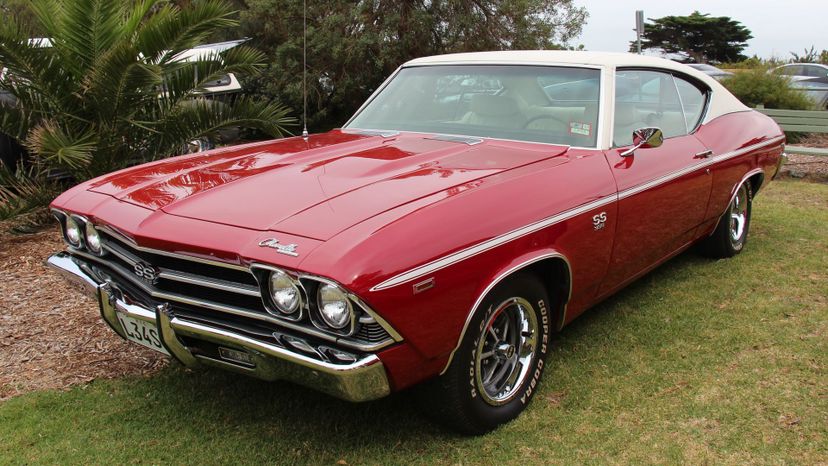
From 1964 to 1977, the Chevrolet Chevelle turned a lot of heads. Auto experts say the car hit its peak in 1973 when it was rated as the most powerful factory-produced muscle car on the market.
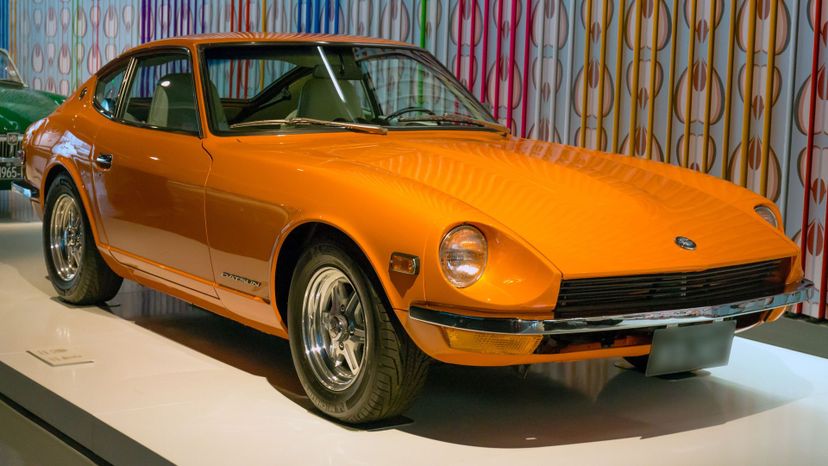
Even Datsun automakers were shocked when the Datsun 240Z became a huge '70s hit in the United States. With breaking edge mechanics and a more affordable price, the Datsun 240Z was a popular little sports car back then. Today, it's considered highly collectible.
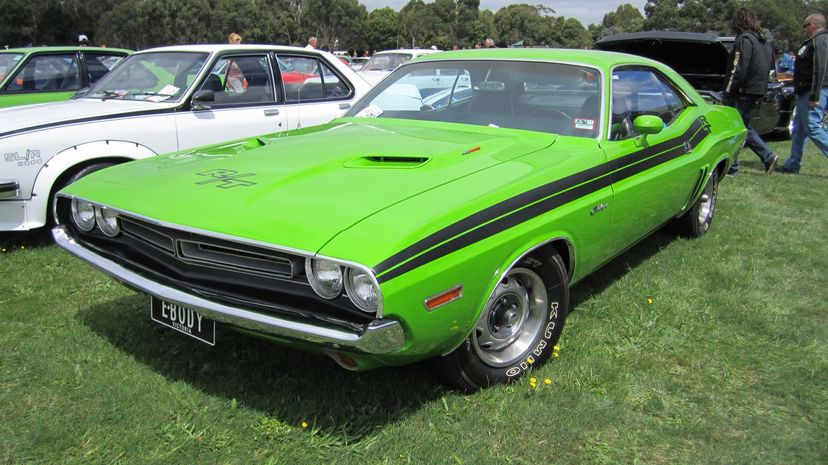
You can head to the dealership and purchase a brand new Dodge Challenger, but true car lovers love the '70s version. From 1970 t0 1974, the Dodge Challenger was one of the most popular and powerful muscle cars released in American markets.
Advertisement
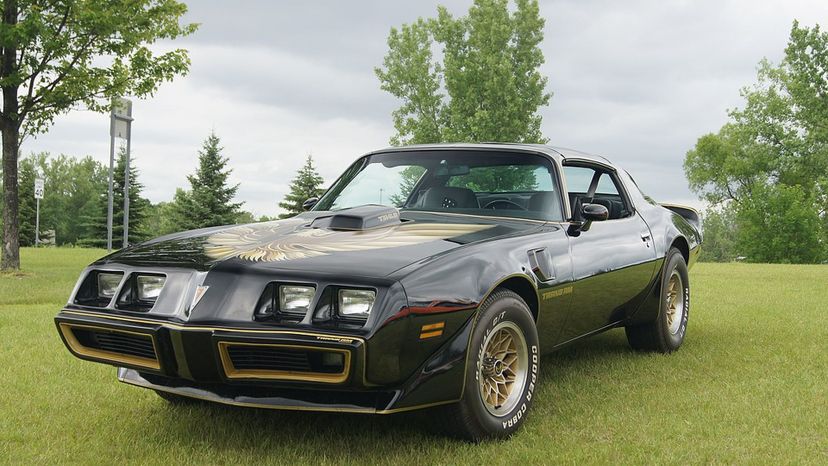
Pontiac's Trans Am had a long life span. From 1969 to 2002, the car was a fast and fuel efficient choice for gear heads. Its sporty appearance and small car handling was something those driving in the '70s considered assets.
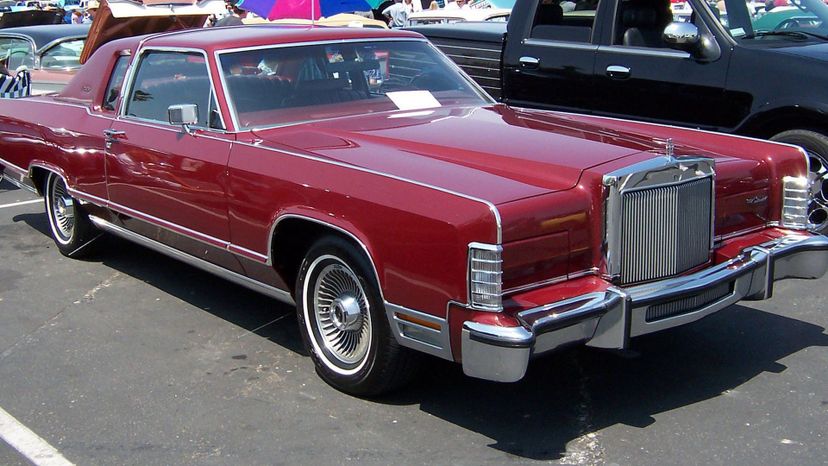
If you wanted to use your car to show off your money in the '70s, you would have loved driving the Lincoln Continental. Although it was large, it was considered the height of luxury and prestige at the time.

In the '70s, pony cars were all the rage. They were smaller than the previous decade's offerings, but they offered just as much power and speed. The Mercury Cougar was one of the decade's best sellers.
Advertisement
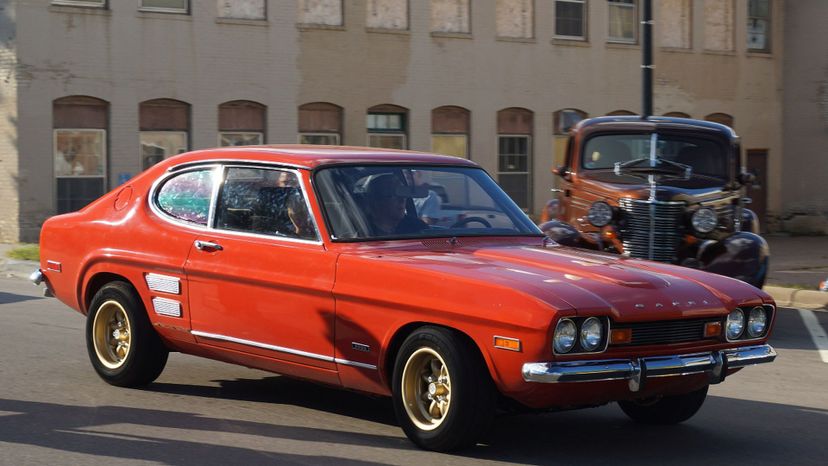
During the early '70s, the Lincoln-Mercury company imported the Mercury Capri to the United States from Europe. Although it was smaller than the Mustang, savvy car buyers appreciated its straightforward approach to engineering.
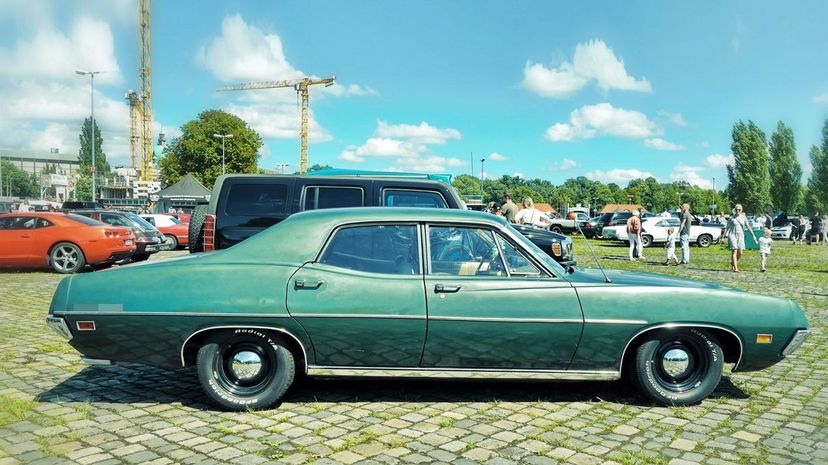
Between 1968 and 1976, the Ford Torino kept American car enthusiasts excited. Named after the town of Turin, Italy, the Torino was a muscle car with a stocky, yet sleek-looking exterior.

Originally built as a competitor for the Ford Mustang during the '60s, the Chevrolet Corvette got even more flashy during the '70s. The body style became more aerodynamic and less bulky than the original version.
Advertisement
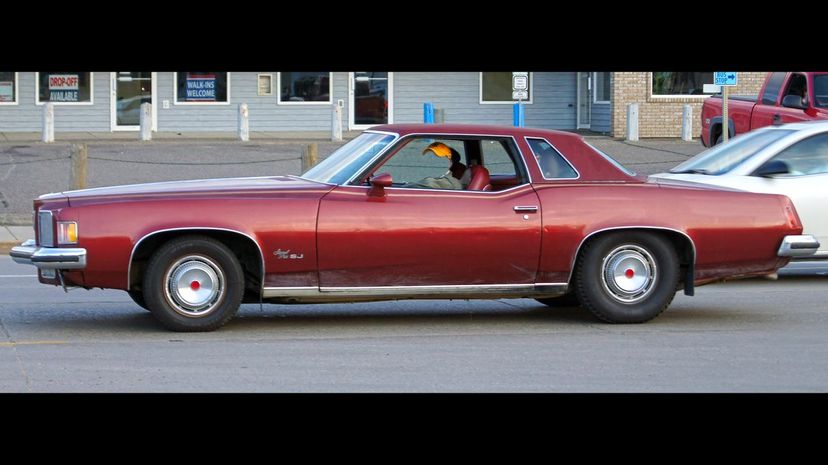
Starting in 1962 and running until 2002, the Pontiac Grand Prix hit its peak in the '70s. With the engine and body of a muscle car and the ability to easily seat a family, the '70s Grand Prix was a way to make a statement to the neighbors back then.
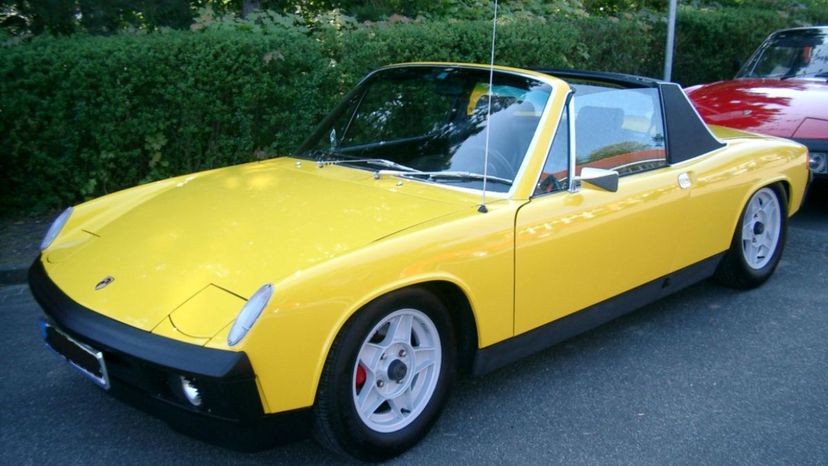
What do you get when you combine VW engineering with the sporty flair of a Porche? You get the 1970s' version of the Porche 914. Available in either hardtop or convertible, the Porche 914 was known for both its speed and its style.

The original series of the Pontiac GTO ran from 1964 to 1974. Many consider the late '60s versions to have the best in performance, but there's no denying that the '70s revamp looked quite tough.
Advertisement
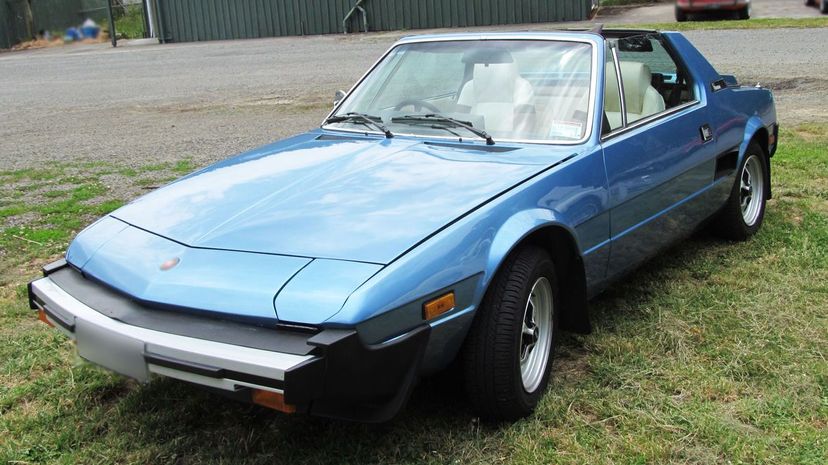
Before Fiat ended U.S. sales in 1983, the Bertone factory enjoyed much success with the Fiat X1/9, starting in 1973. The X1/9 was one of the first vehicles that featured pop-up headlights, and it continued to be produced for the European market until 1988.
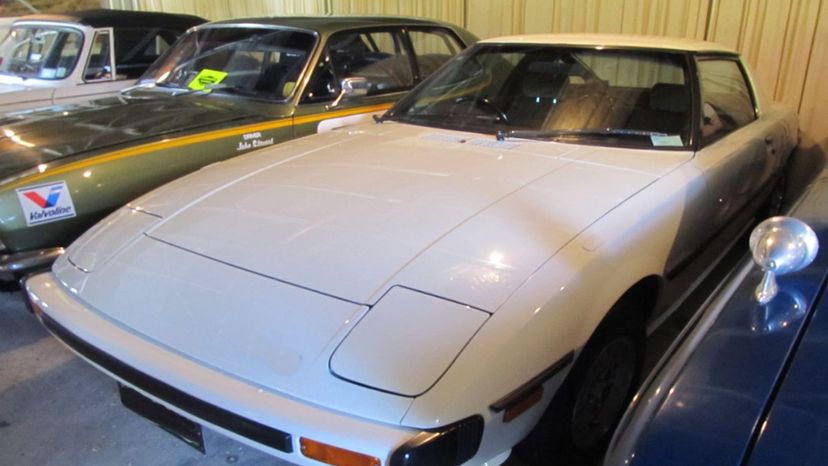
The Mazda RX-7 was a little coupe with a whole lot of rear-wheel drive appeal. Born in 1978, it was manufactured until 2002. With the addition of a few curves, the look and the designe changed very little from the original.
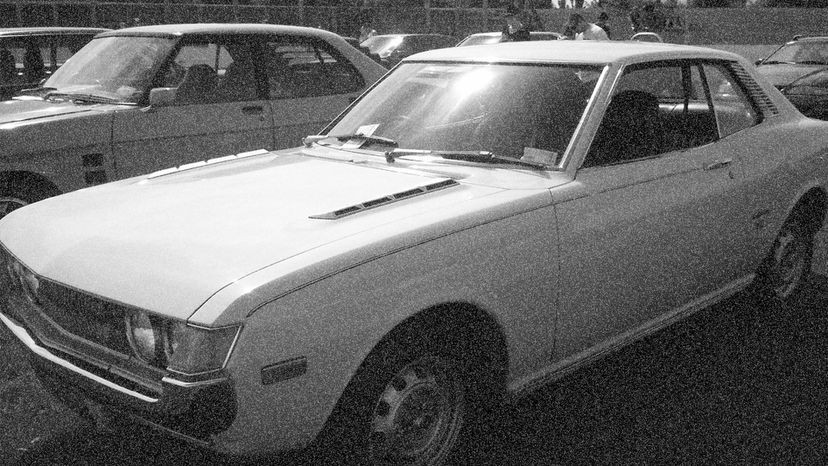
Although the Toyota Celica wasn't one of the great muscle cars of the '70s, it did stand out. The first model was released in 1971, and it carried an edgier design than models that were made from 1983 until 2006.
Advertisement

To create the M1, BMW reached out to Italian designer Guigiaro to create a unique sports car. Made only from 1968 to 1971, the M1 was BMW's first mass-produced sports car with a mid-sized engine.
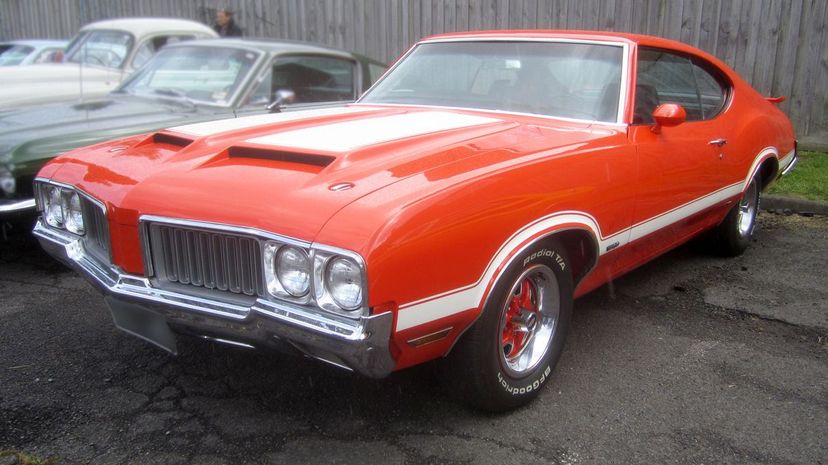
By the time the Oldsmobile 442 reached the third generation in 1973, it came standard with a three-speed manual transmission. The car takes its name from other transmission options that include a two-speed automatic and a four-speed manual.
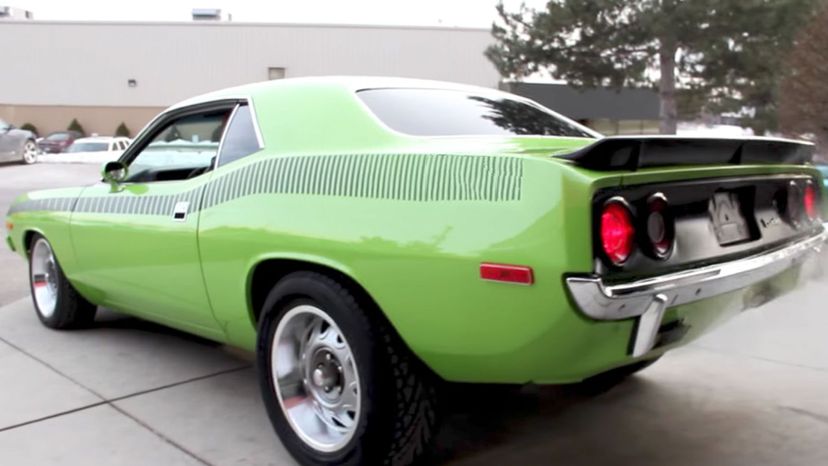
The Plymouth Barracuda was one of the toughest cars on the road during the '70s. Sharing the same body frame with the Plymouth Valiant, the Barracuda's engine and appearance were souped up to hit muscle car status.
Advertisement
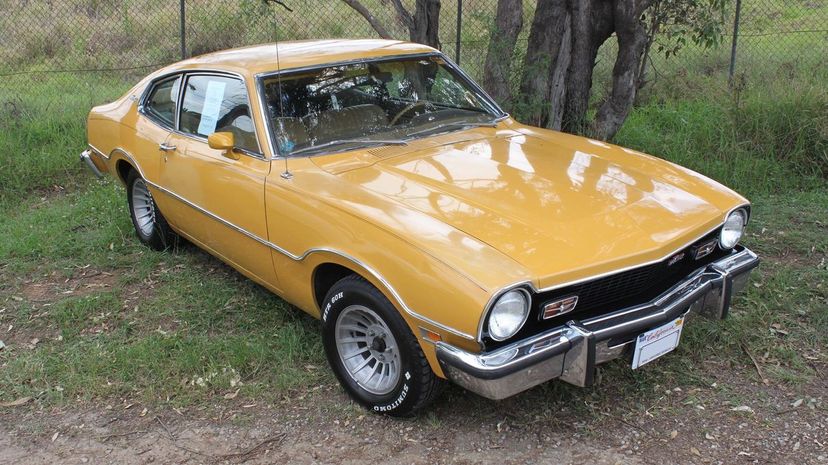
The first version of the Ford Maverick was added to the market in 1970. At the time, it was available with only two doors. Toward the end of production in 1977, four-door models shared the same platform as the Ford Falcon of the '60s.
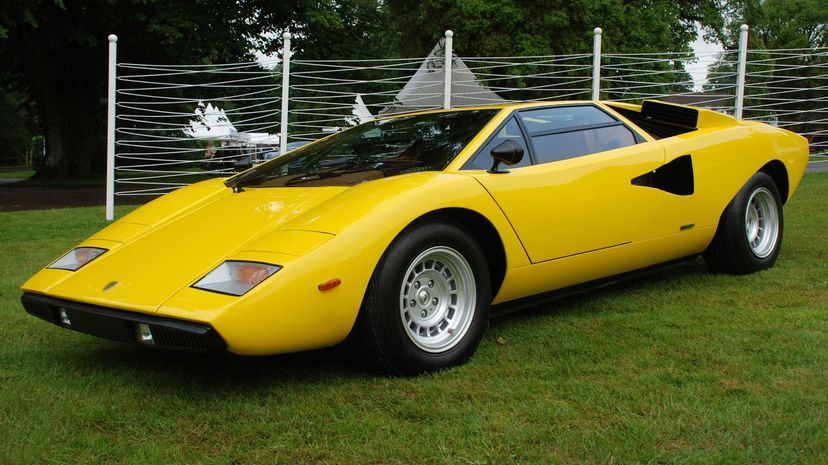
Only 1,983 Lamborghini Countachs were ever made, starting in 1974. With its powerful engine and its sleek exterior, the Countach was one of the flashiest cars on the road. If you wanted to cruise the highways in one, it would cost you well over $200,000.
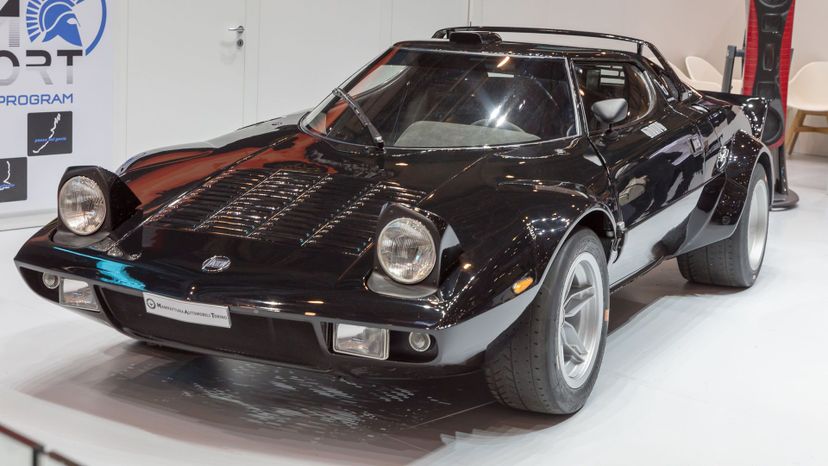
Only 492 of the Lancia Stratos were produced. Made by an Italian automaker, the Lancia Stratos was known for its performance and handling on the World Rally circuit. During the '70s, it took home three championship titles.
Advertisement
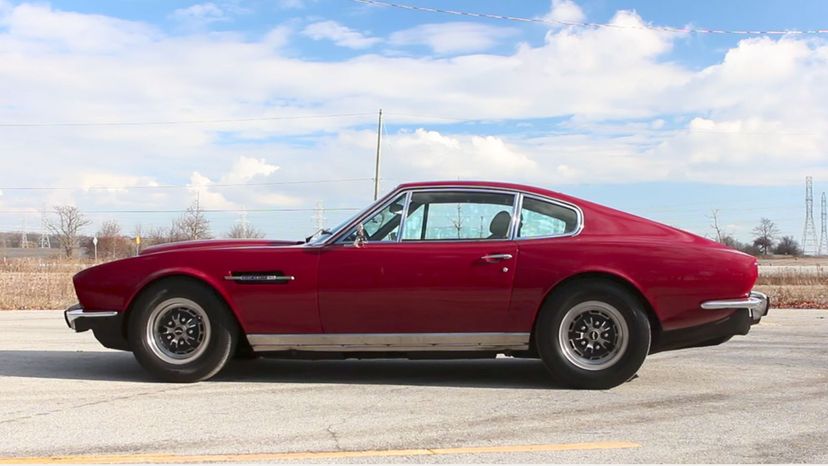
The Aston Martin V8 Vantage has only been made in 1977, 2005, and 2019. Since the original, the car has always had a flashy exterior. The 2019 version has been updated to compete with sleeker, less expensive cars.
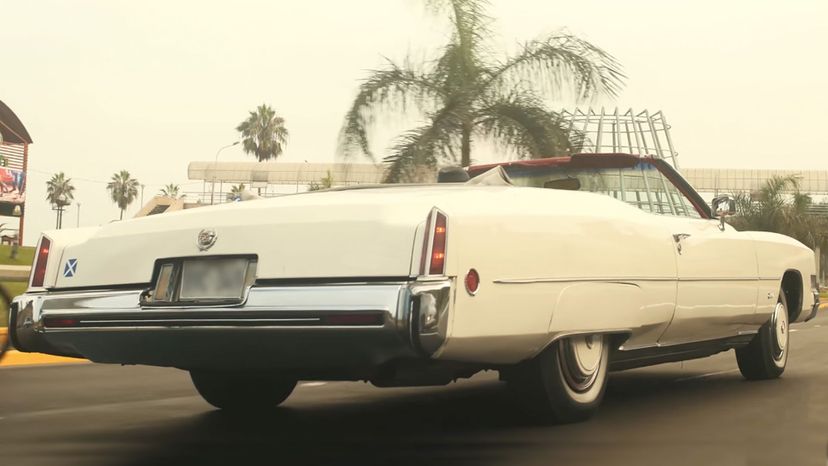
If you really wanted to make an impression during the '70s, you would have arrived in a Cadillac Eldorado. A car larger than many studio apartments, the Eldorado was a big hit for Cadillac from 1967 to 1970.
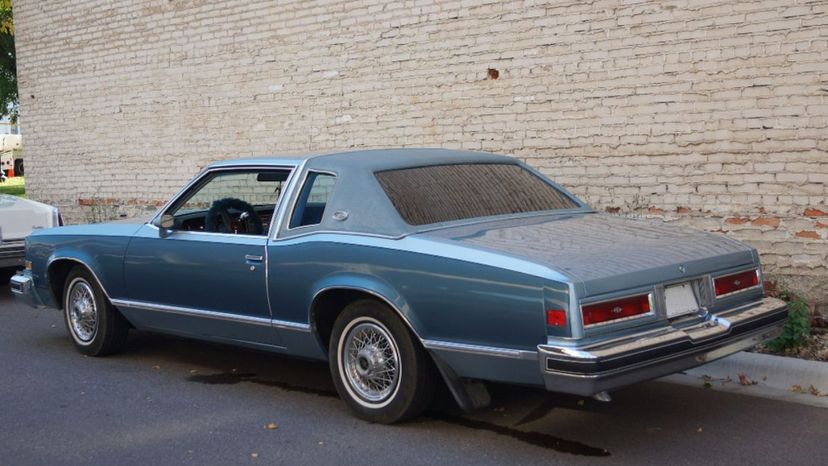
One of the most popular versions of the Buick Riviera was the second generation version made from 1966 to 1970. Although the exterior resembled a period-friendly muscle car, the interior was large enough and sleek enough for a family of five.
Advertisement
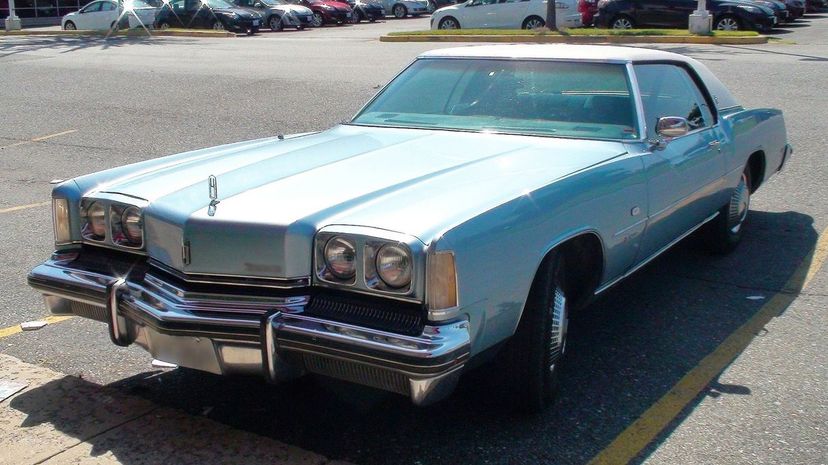
Oldsmobile made a big statement when it released the two-door coupe, the Oldsmobile Toronado in 1966. By the time the '70s rolled around, it was known as one of the most luxurious family cars on the market.
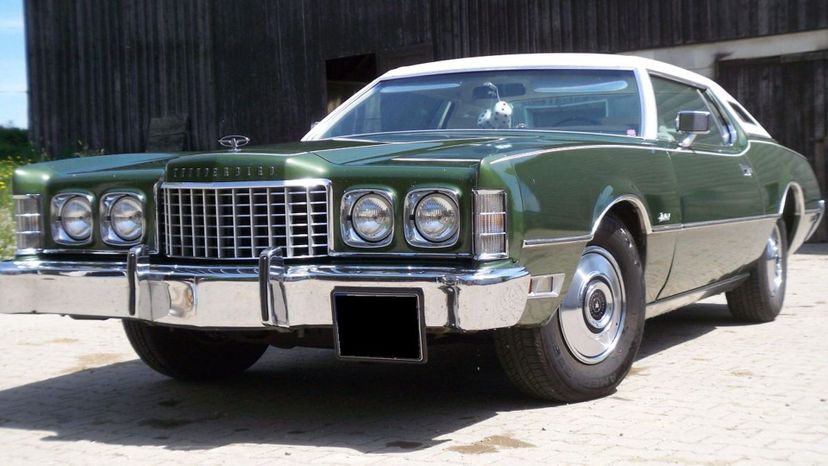
Even though The Beach Boys sang about the Ford Thunderbird in the '60s, the '70s models made a few people scratch their heads. In production since 1955, the Ford Thunderbird was a car that set standards. The '70s version was flashy, but not without objection from enthusiasts.
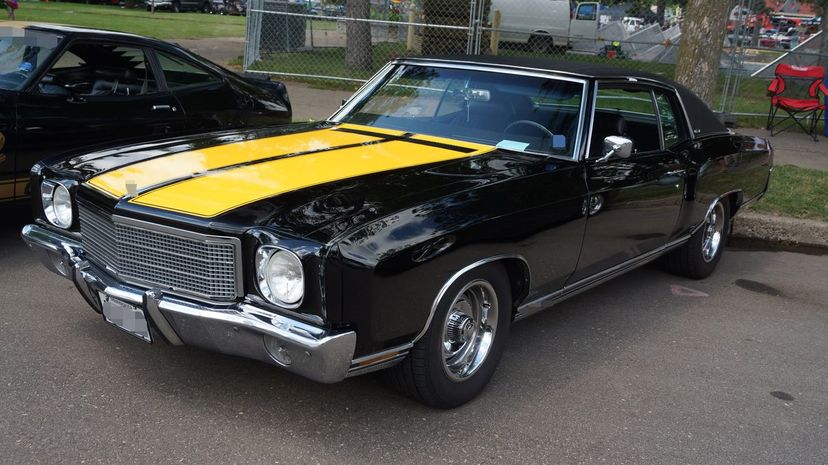
One of the things that set the Monte Carlo apart in the '70s was its distinctive grill. Though later models became smaller and more fuel efficient, the '70s version was sturdy, powerful, and sure to get a lot of attention.
Advertisement
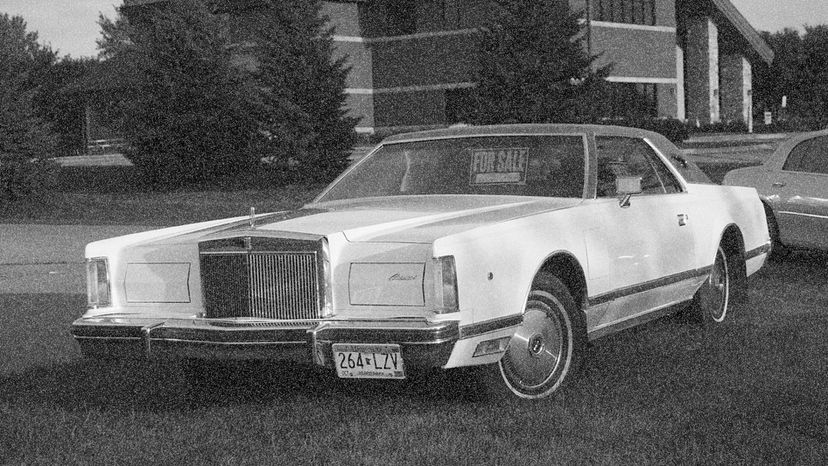
Starting in 1970, the Lincoln Mark V was one of the first cars to offer the stylish vinyl roof that set the car apart. The original production of the Mark V began in 1958, but more luxury options were added during the '70s.
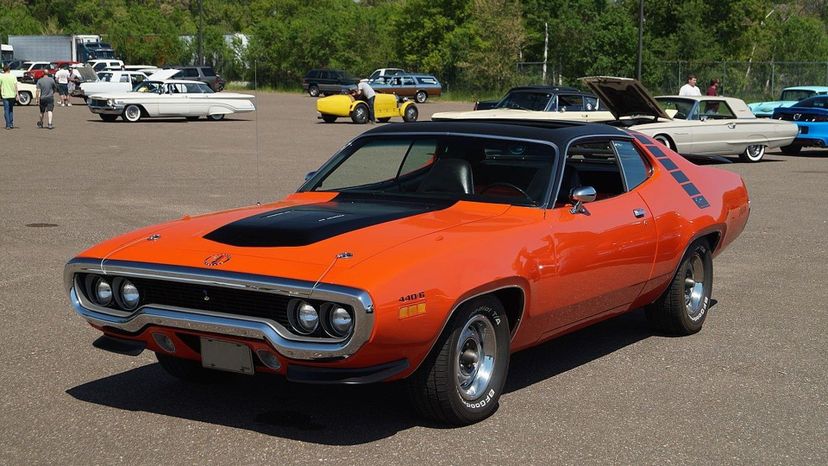
During the '70s, automakers were starting to move away from expensive muscle cars and beginning to turn their focus to family-oriented vehicles. Starting in 1969, the Plymouth Road Runner was one of the first mid-sized cars to cross over with features from both types of vehicles.
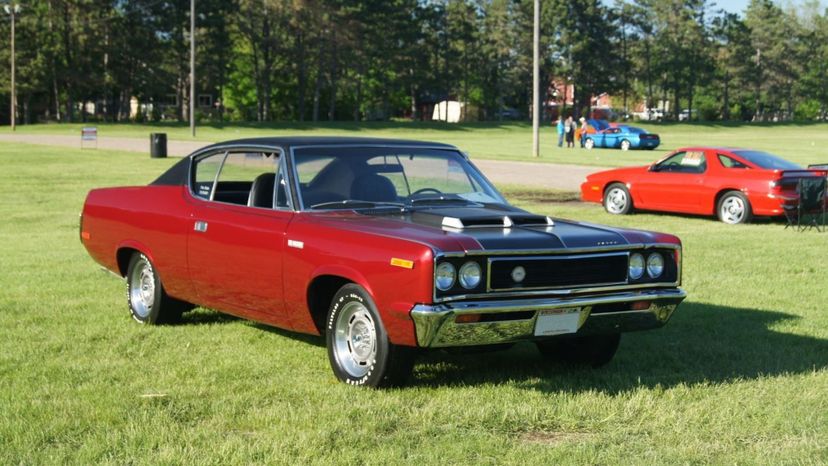
Made for only three years, the AMC Rebel was the big brother to the AMC Matador and the little sibling of the AMC Rambler. Available as a station wagon or a sedan, the Rebel boasted lots of room for passengers.
Advertisement
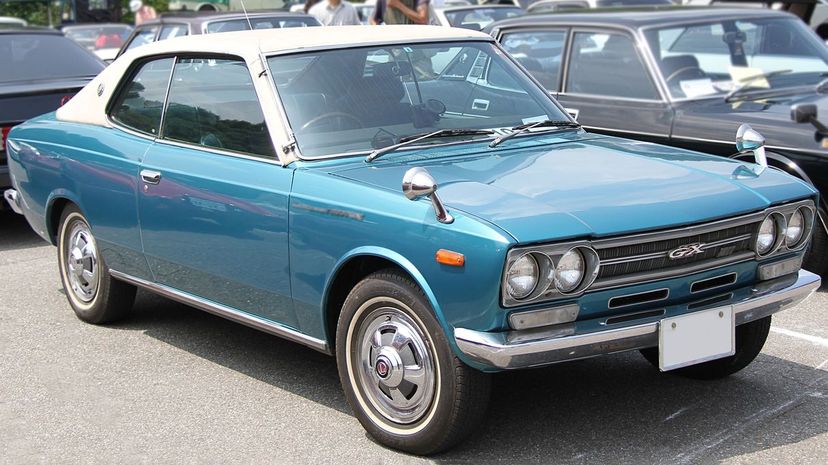
The Nissan Laurel may not have been the flashiest '70s car on the exterior, but the interior offered drivers a first. The Laurel was one of the first small-sized cars to offer the luxury features previously found only in larger vehicles.
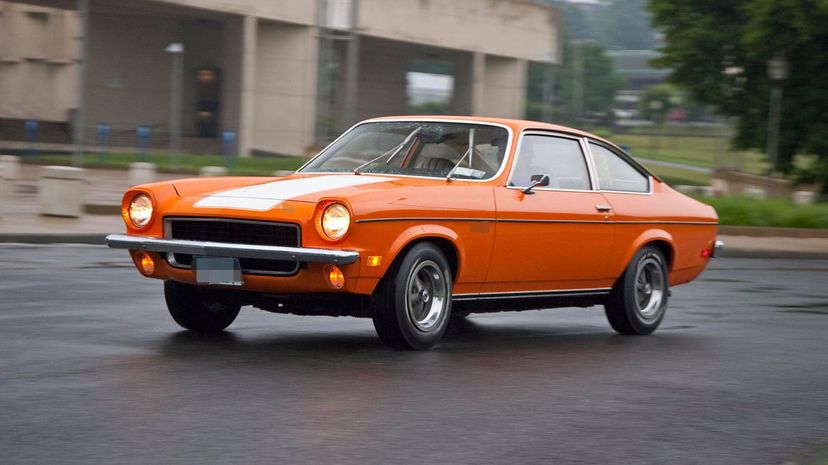
Before being released to the public in 1970, the Chevrolet Vega was already receiving praise from automotive circles. Though it was one of Chevrolet's smaller car, the snazzy design and the powerful engine allowed it to have mass market appeal.
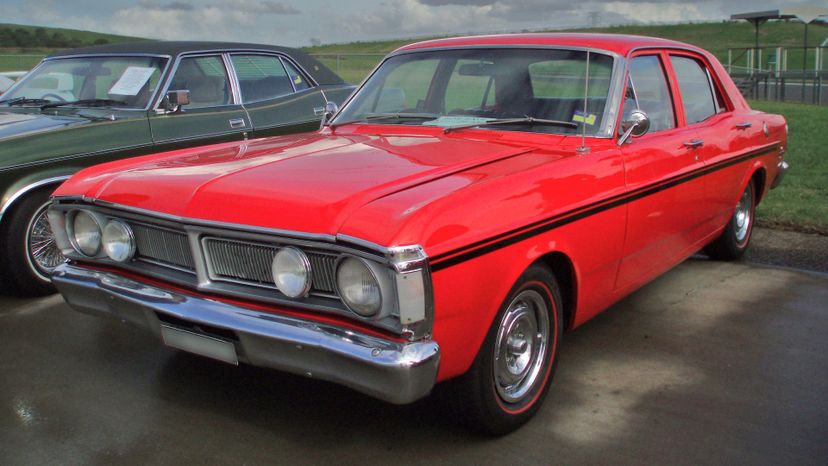
After a 10-year North American run, the Ford Falcon moved production to Argentina. Although the Falcon ceased U.S. production in 1970, it continued to be produced in South America until 1991.
Advertisement
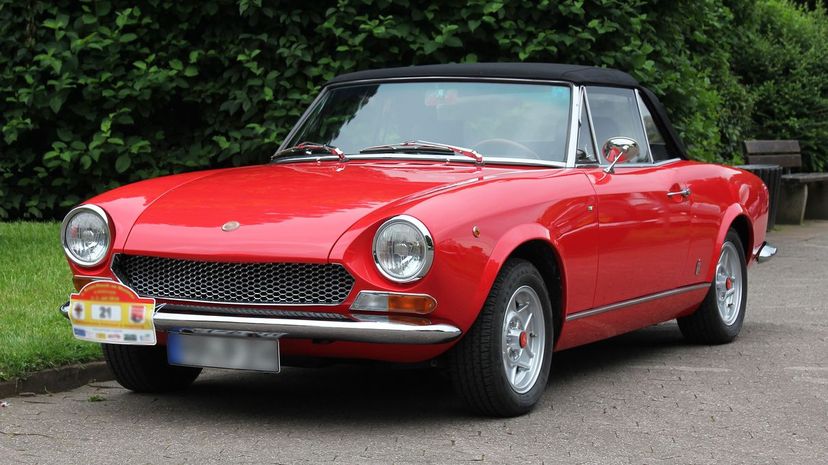
The full name of the '70s Fiat Spider is the Fiat 124 Sport Spider. The Fiat Spider featured a standard convertible top, two seats, and a zippy engine that could handle any mountainous terrain. The original Spider was built in 1966.
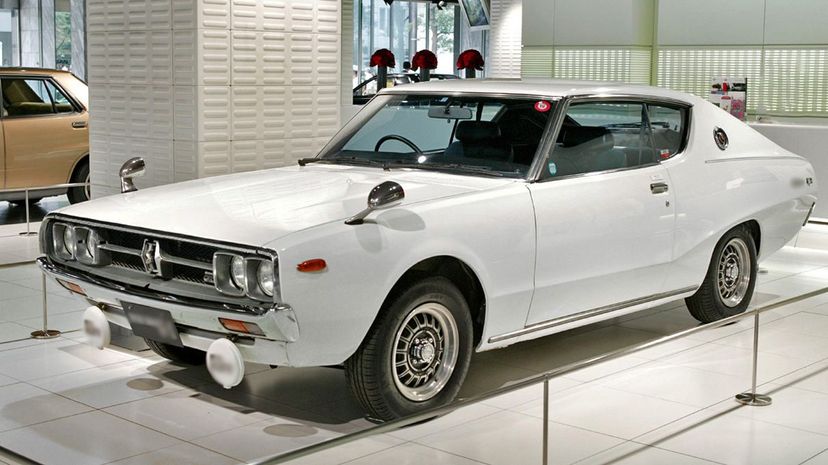
The Nissan Skyline was produced by the Datsun company. During the '70s, its tough and distinctive foreign appearance made it a popular choice for those seeking both horsepower and value. It was recently rated as one of the hottest vintage cars to own.
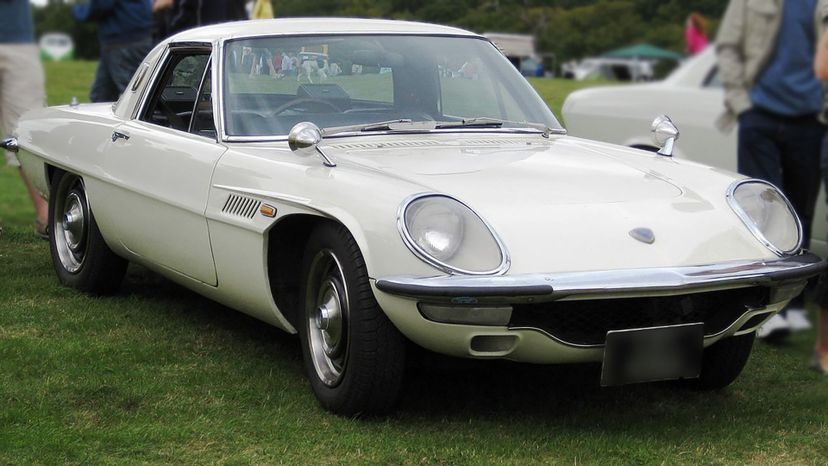
The '70s Mazda Cosmo was the forerunner for cars like the Mazda RX-7. With styling that resembled more expensive European cars, the Mazda Cosmo was small, but its flashiness could not be denied.
Advertisement
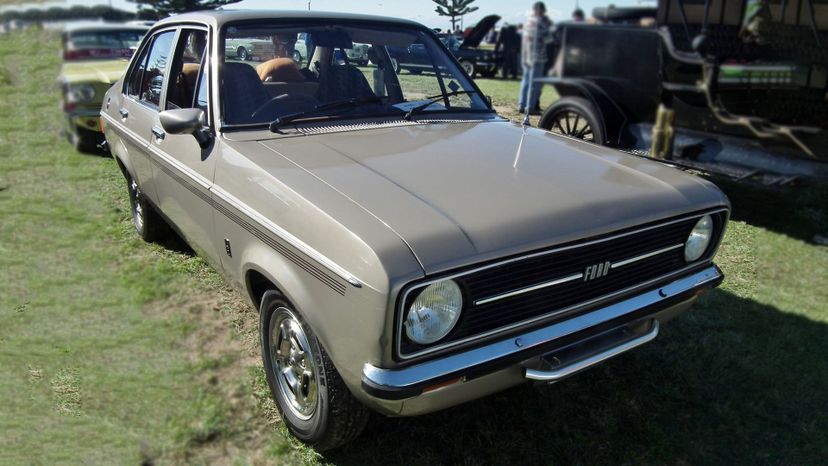
Until 1970, the Ford Escort was a European car. After raging success, the Ford Motor Company released the Escort to North American markets. The Ford Escort remained in production until 2003 when it was replaced by the Ford Focus.
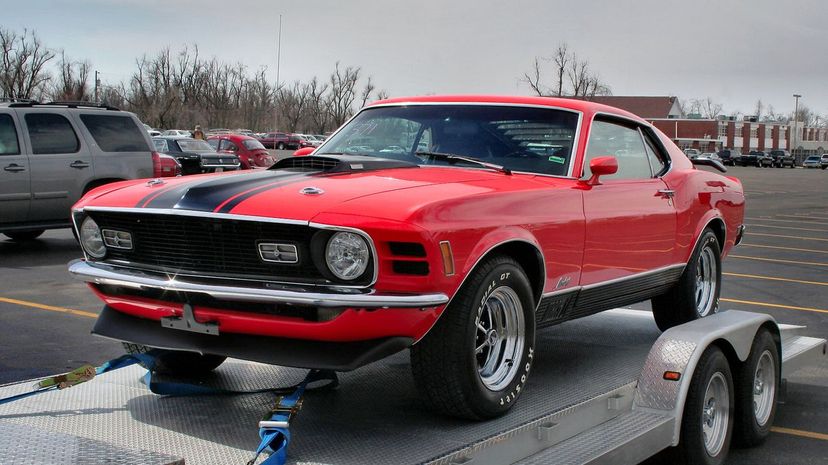
As one of Ford's longest running cars, the Ford Mustang has undergone many changes over the years. In 1968, the Ford Mustang Mach 1 was introduced to wide approval from the industry and remained a top seller until 1978.
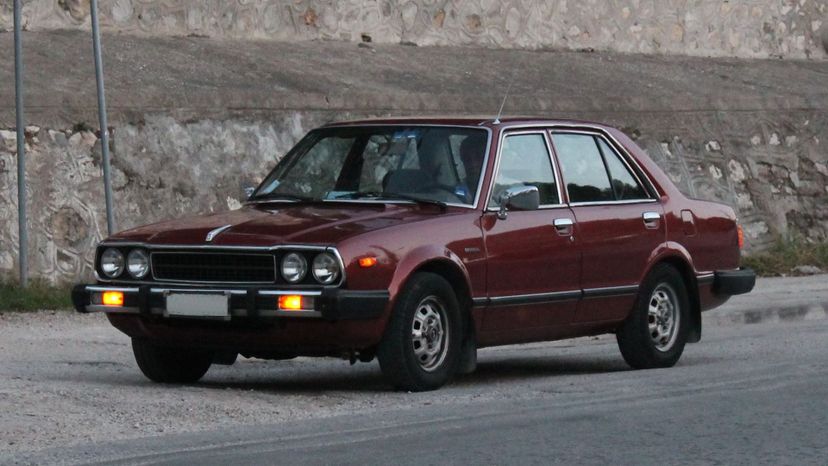
A small car with four doors, the Honda Accord set the mark for other cars starting in 1978. Fuel efficiency was only starting to take precedence back then, and the Accord was a front runner in the gas mileage race.
Advertisement